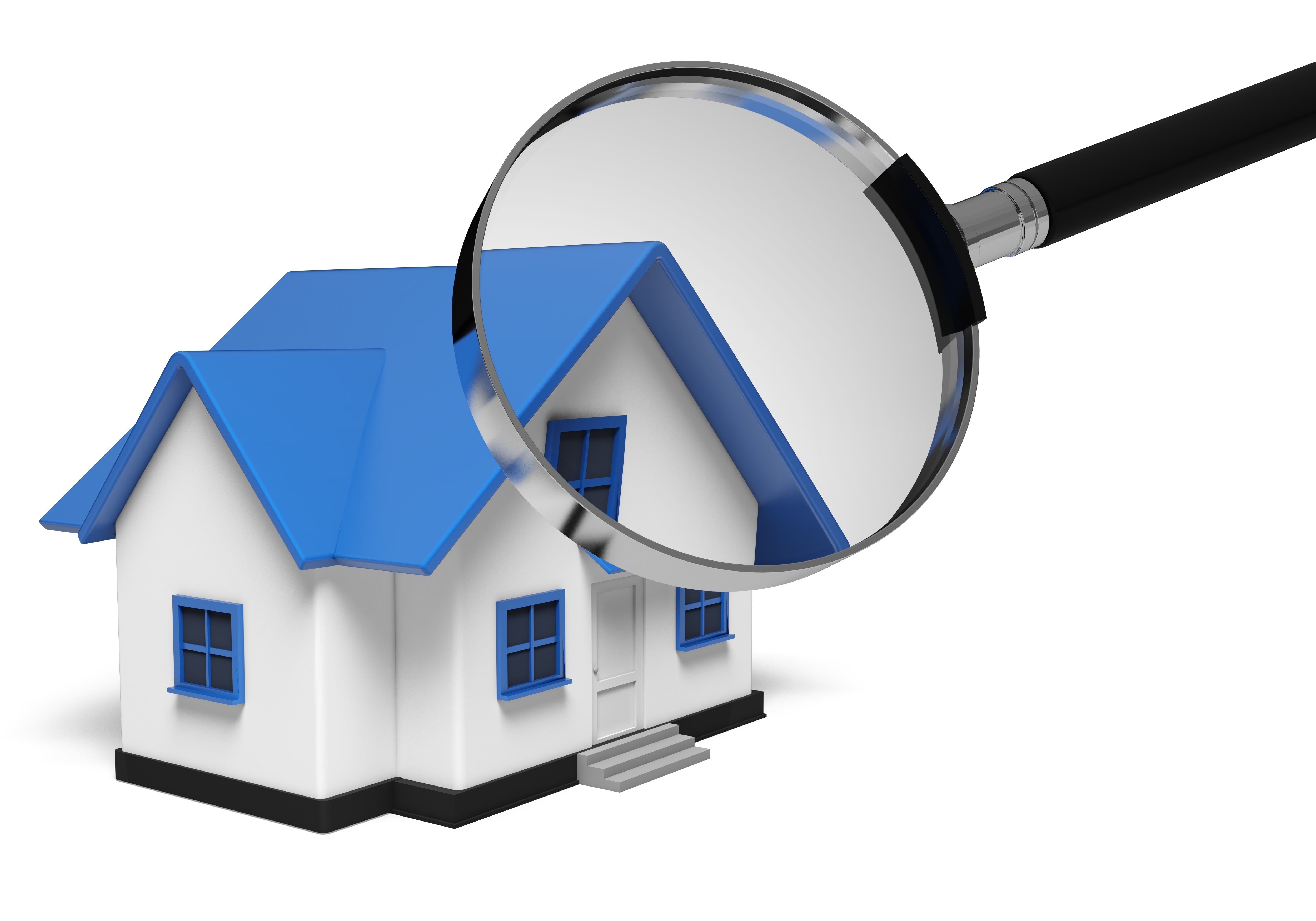
Comprehending AppraisalsTheir home's purchase is the largest financial decision many might ever encounter. Whether it's a main residence, an additional vacation property or a rental fixer upper, the purchase of real property is an involved transaction that requires multiple parties to see it through. Practically all the participants are very familiar. The most recognizable face in the transaction is the real estate agent. Then, the lender provides the financial capital necessary to fund the deal. And ensuring all requirements of the sale are completed and that the title is clear to pass from the seller to the purchaser is the title company. So, what party makes sure the value of the real estate is in line with the purchase price? In comes the appraiser. We provide an unbiased estimate of what a buyer could expect to pay — or a seller receive — for a property, where both buyer and seller are informed parties. A licensed, certified, professional appraiser from Higdem Appraisal will ensure, you as an interested party, are informed. The inspection is where an appraisal startsOur first task at Higdem Appraisal is to inspect the property to determine its true status. We must see features first hand, such as the number of bedrooms and bathrooms, the location, and so on, to ensure they really exist and are in the condition a typical buyer would expect them to be. The inspection often includes a sketch of the house, ensuring the square footage is accurate and conveying the layout of the property. Most importantly, we look for any obvious amenities - or defects - that would have an impact on the value of the house. Back at the office, an appraiser uses two or three approaches to determining the value of real property: a sales comparison, a replacement cost calculation, and an income approach when rental properties are prevalent. 
Replacement CostThis is where we analyze information on local construction costs, labor rates and other elements to ascertain how much it would cost to replace the property being appraised. This value commonly sets the maximum on what a property would sell for. The cost approach is also the least used predictor of value. 
Analyzing Comparable SalesAppraisers get to know the subdivisions in which they appraise. They thoroughly understand the value of certain features to the homeowners of that area. Then, the appraiser looks up recent sales in close proximity to the subject and finds properties which are 'comparable' to the subject being appraised. Using knowledge of the value of certain items such as upgraded appliances, additional bathrooms, additional living area, quality of construction, lot size, we add or subtract from each comparable's sales price so that they more accurately portray the features of subject property.
A valid estimate of what the subject could sell for can only be determined once all differences between the comps and the subject have been evaluated. At Higdem Appraisal, we are an authority when it comes to knowing the value of real estate features in Kimberly and Twin Falls County neighborhoods. This approach to value is most often given the most importance when an appraisal is for a real estate sale. Valuation Using the Income ApproachIn the case of income producing properties - rental houses for example - we may use an additional way of valuing a house. In this scenario, the amount of revenue the real estate generates is taken into consideration along with other rents in the area for comparable properties to derive the current value. Arriving at a Value ConclusionAnalyzing the data from all applicable approaches, the appraiser is then ready to document an estimated market value for the property in question. Note: While the appraised value is probably the strongest indication of what a house is worth, it probably will not be the final sales price. Prices can always be driven up or down by extenuating circumstances like the motivation or urgency of a seller or 'bidding wars'. But the appraised value is often used as a guideline for lenders who don't want to loan a buyer more money than the property is actually worth. The bottom line is, an appraiser from Higdem Appraisal will help you discover the most accurate property value, so you can make wise real estate decisions. |